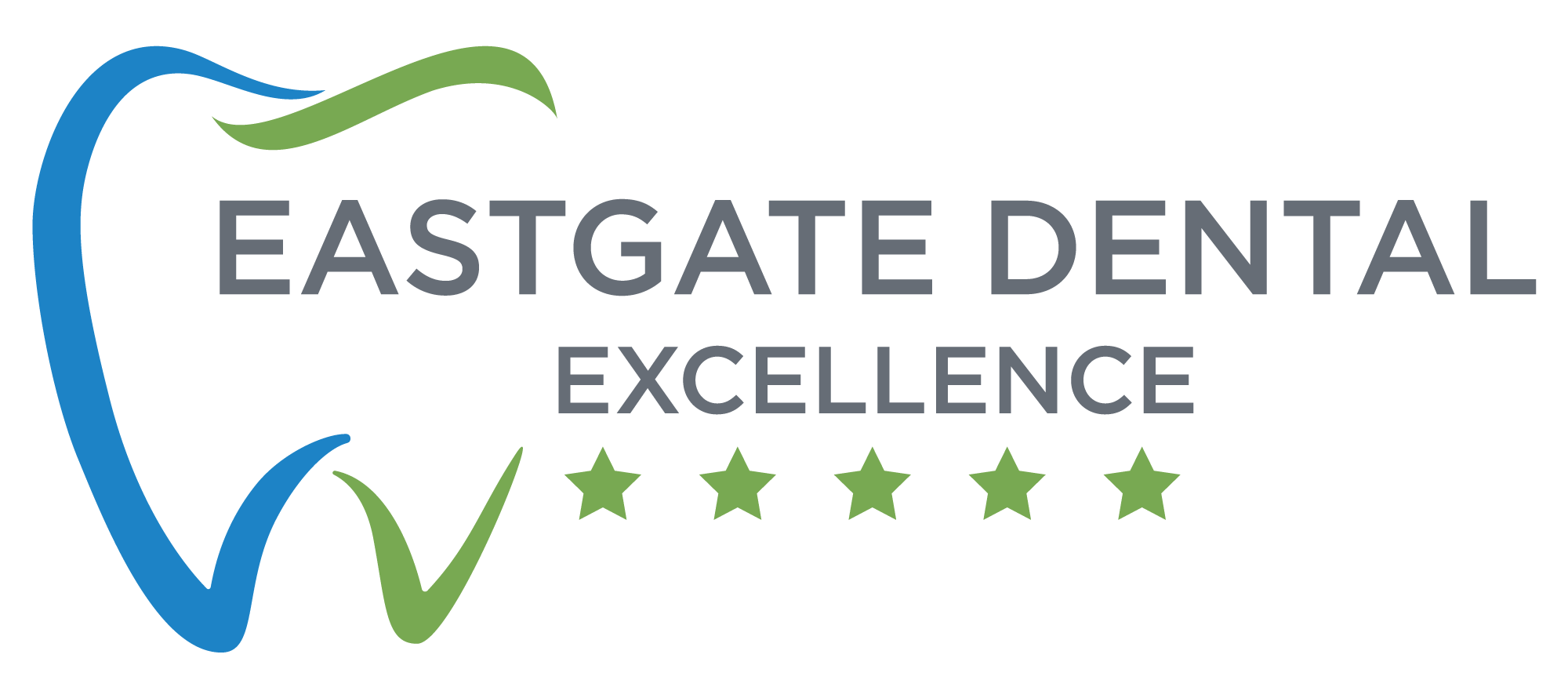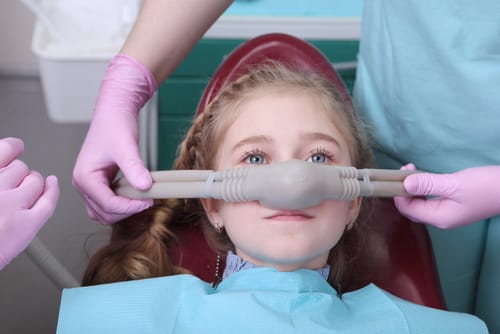Visiting the dentist can be a nerve-wracking experience for many people. The anxiety of getting dental procedures done can create a sense of panic in patients. But what if we told you that there are non-IV sedation options that could help make your visit to the dentist more comfortable? Non-IV sedation is an effective way to alleviate anxiety and ensure that you have a pain-free experience at the dentist’s office. In this post, we will cover everything you need to know about non-IV sedation, including the use of nitrous oxide gas. From understanding what it is and the benefits it offers to exploring different types of non-IV sedation available and potential side effects and complications. We will also discuss how non-IV sedation works, what to expect during the process, and compare it with IV sedation. Discover how non-IV sedation could make your next dental visit a breeze!
What is Non-IV Sedation?
Non-IV sedation refers to the administration of sedative medication without an intravenous line. It offers patients comfort and relaxation during dental work, reducing anxiety and discomfort. This form of sedation dentistry can be administered in pill form or through inhalation sedation, allowing patients to undergo dental treatment stress-free.
Benefits of Non-IV Sedation
Patients can undergo dental care without discomfort or anxiety using non-IV sedation. This form of sedation dentistry promotes relaxation and ensures a positive dental experience. It provides moderate sedation, making dental visits comfortable and anxiety-free, thereby contributing to maintaining optimal dental health.
Different Types of Non-IV Sedation
Non-IV sedation offers various options for patient comfort during dental visits. Oral sedation involves taking sedative medication in pill form, while inhalation sedation, also known as laughing gas, is administered through a mask. Both types help patients relax and reduce anxiety, providing a soothing effect for comfort during dental work.
Oral Sedation
During dental treatment, oral conscious sedation dentistry ensures patient relaxation and comfort by administering sedatives. This form of sedation dentistry is particularly suitable for those with mild to moderate dental anxiety. It allows them to achieve more profound sedation, including deep sedation, and a stress-free dental experience. It’s a practical option for patients seeking a relaxed dental appointment.
Inhalation Sedation
Inducing relaxation and reducing anxiety, inhalation sedation, commonly known as laughing gas, provides conscious sedation for comfort during dental treatment. With a rapid onset, patients can quickly relax, promoting a positive dental experience. This gentle and effective sedation option ensures an anxiety-free dental visit, making it a preferred choice for many patients.
How Non-IV Sedation Works
Administering sedative medication induces relaxation, ensuring patients remain conscious, responsive, and anxiety-free during dental treatment. Non-IV sedation offers an effective way to manage dental anxiety, promoting a calm and stress-free dental experience. It provides a comfortable and anxiety-free state, enhancing the overall dental visit.
The Process of Non-IV Sedation
Experiencing moderate sedation non-IV sedation ensures patient comfort during dental work, supporting anxiety-free visits for a healthy smile. Patients remain conscious, responsive, and relaxed, promoting dental well-being and effective dental anxiety management.
What to Expect During Non-IV Sedation
Patients undergoing non-IV sedation can anticipate feeling relaxed, at ease, and free from anxiety during dental procedures. This form of sedation dentistry ensures patients remain conscious, responsive, and comfortable throughout the treatment, promoting a stress-free and tranquil dental experience. It offers a positive visit, eliminating anxiety and discomfort.
Comparing Non-IV Sedation and IV Sedation
When comparing non-IV sedation and IV sedation, patients experience conscious sedation with non-IV options, ensuring comfort. In contrast, IV sedation involves administering sedative medication through an intravenous line. Non-IV sedation is an effective alternative for patients with dental anxiety, offering a moderate level of sedation for dental well-being.
Which Sedation Method is More Effective?
Sedation methods’ effectiveness varies based on the patient’s anxiety level, treatment plan, health history, and available options. Each method has different levels of sedation and onset, making it more or less effective for specific patients. Dental office experience also plays a role in administering sedation.
Conclusion
In conclusion, non-IV sedation options provide patients with a safe and comfortable experience during dental procedures. Whether you opt for oral sedation or inhalation sedation, both methods offer numerous benefits, including reduced anxiety and pain management. Non-IV sedation works by administering a medication that helps you relax and feel at ease throughout the procedure. It is a viable alternative to IV sedation, offering similar effectiveness without the need for needle injections. If you have been avoiding necessary dental treatments due to fear or anxiety, non-IV sedation may be the solution you’ve been searching for. Consult with your dentist to determine which sedation method is best suited for your specific needs.
Schedule an appointment with us today at Eastgate Dental Excellence!

